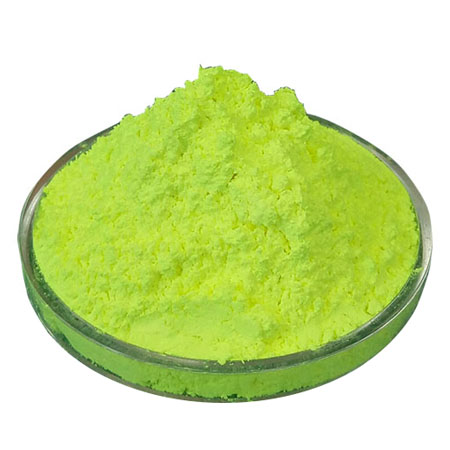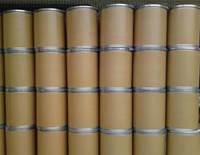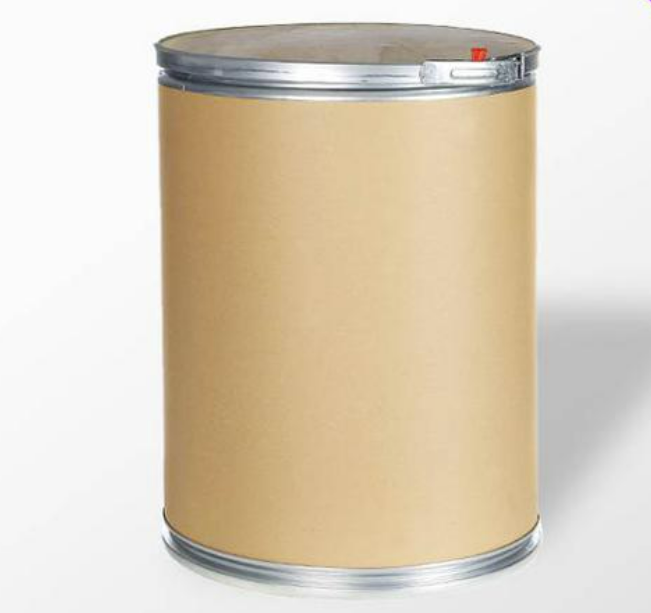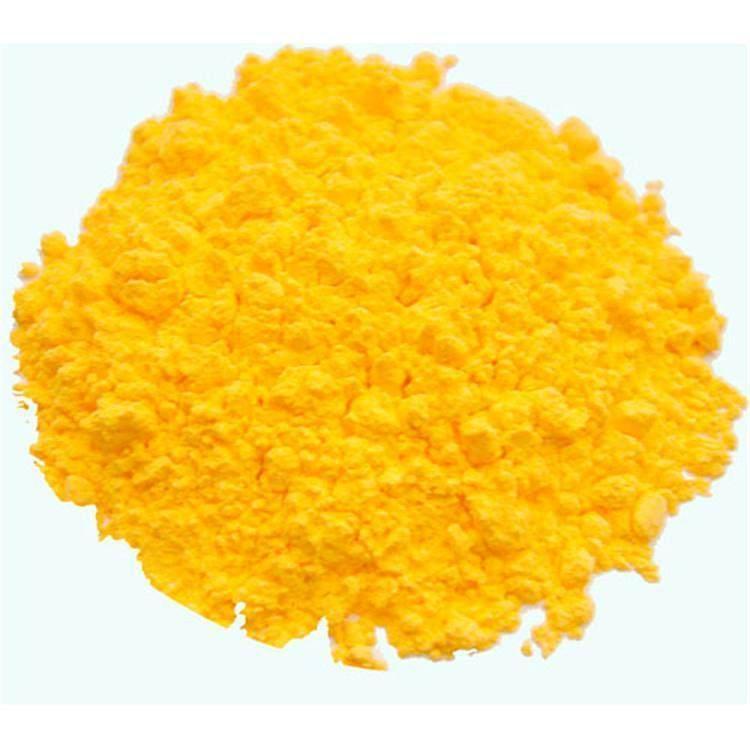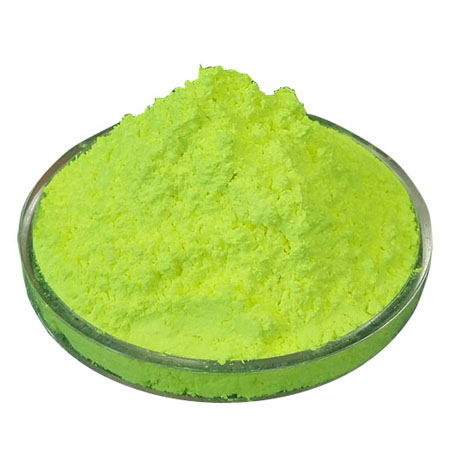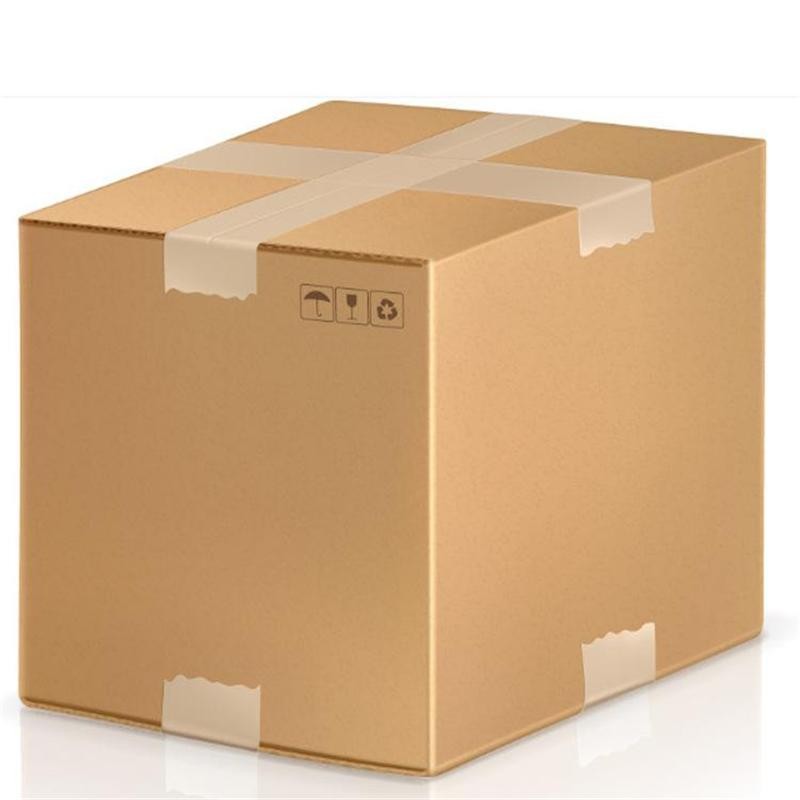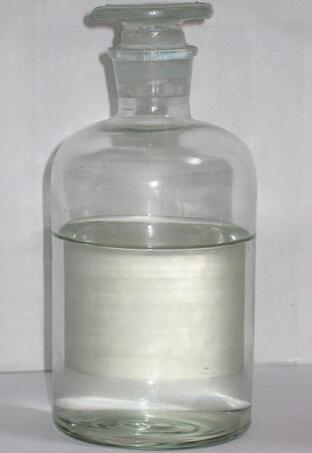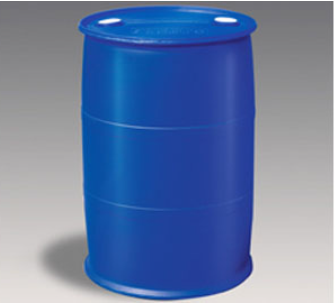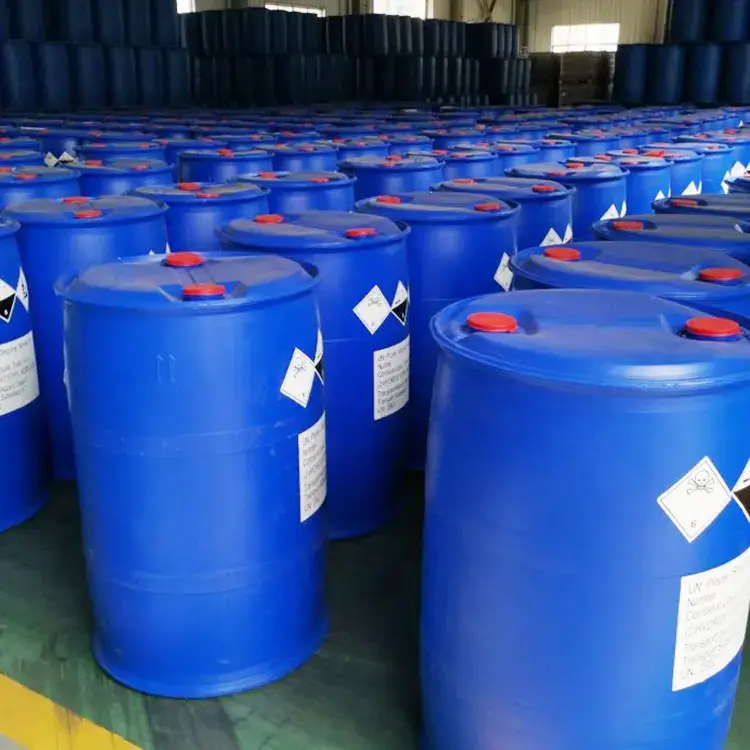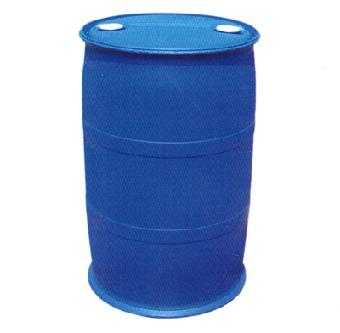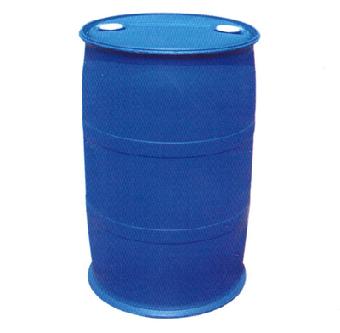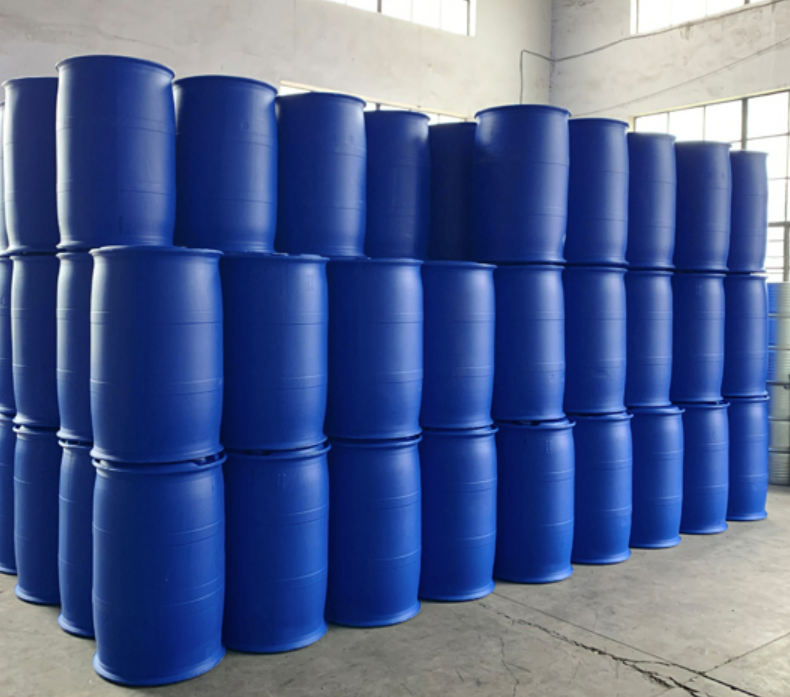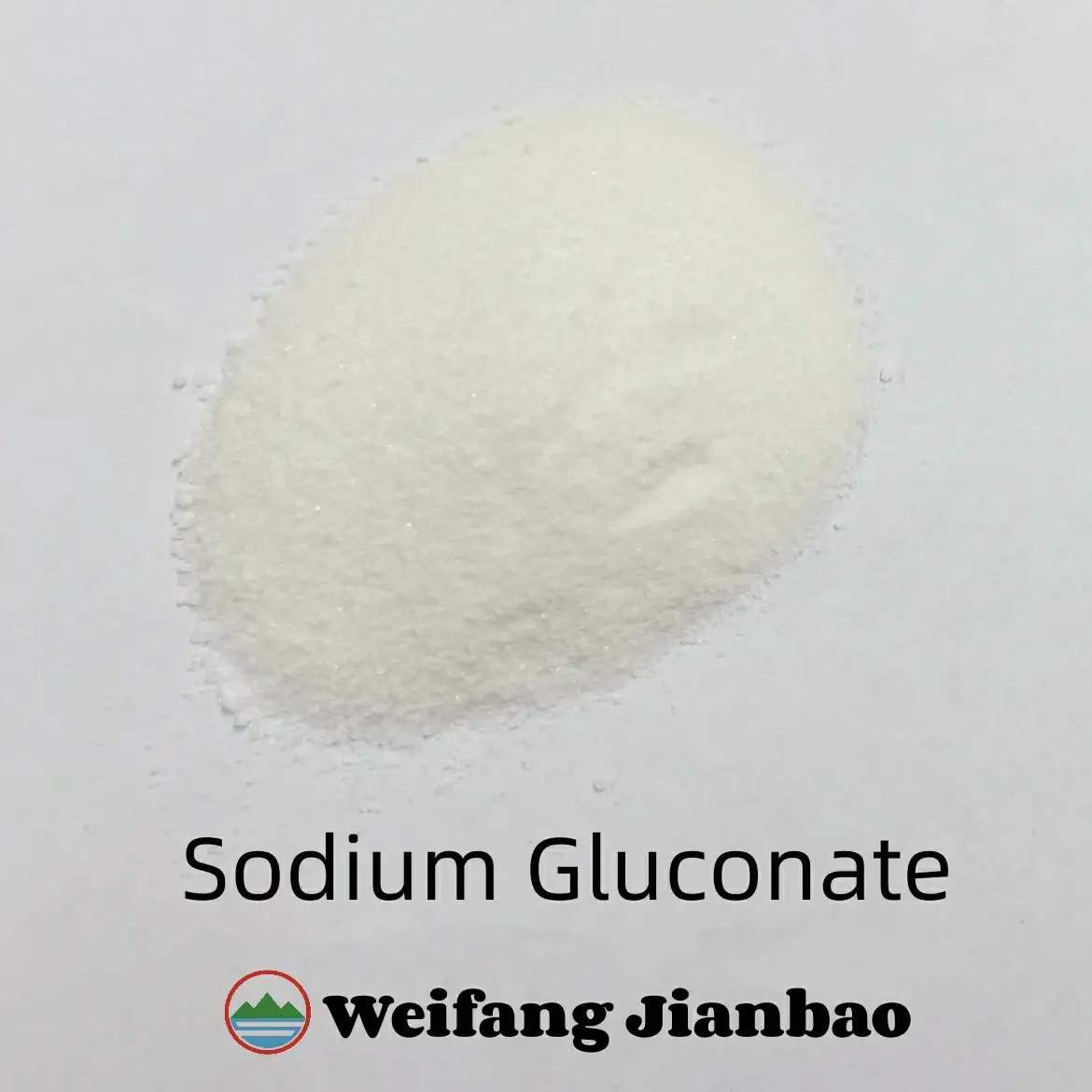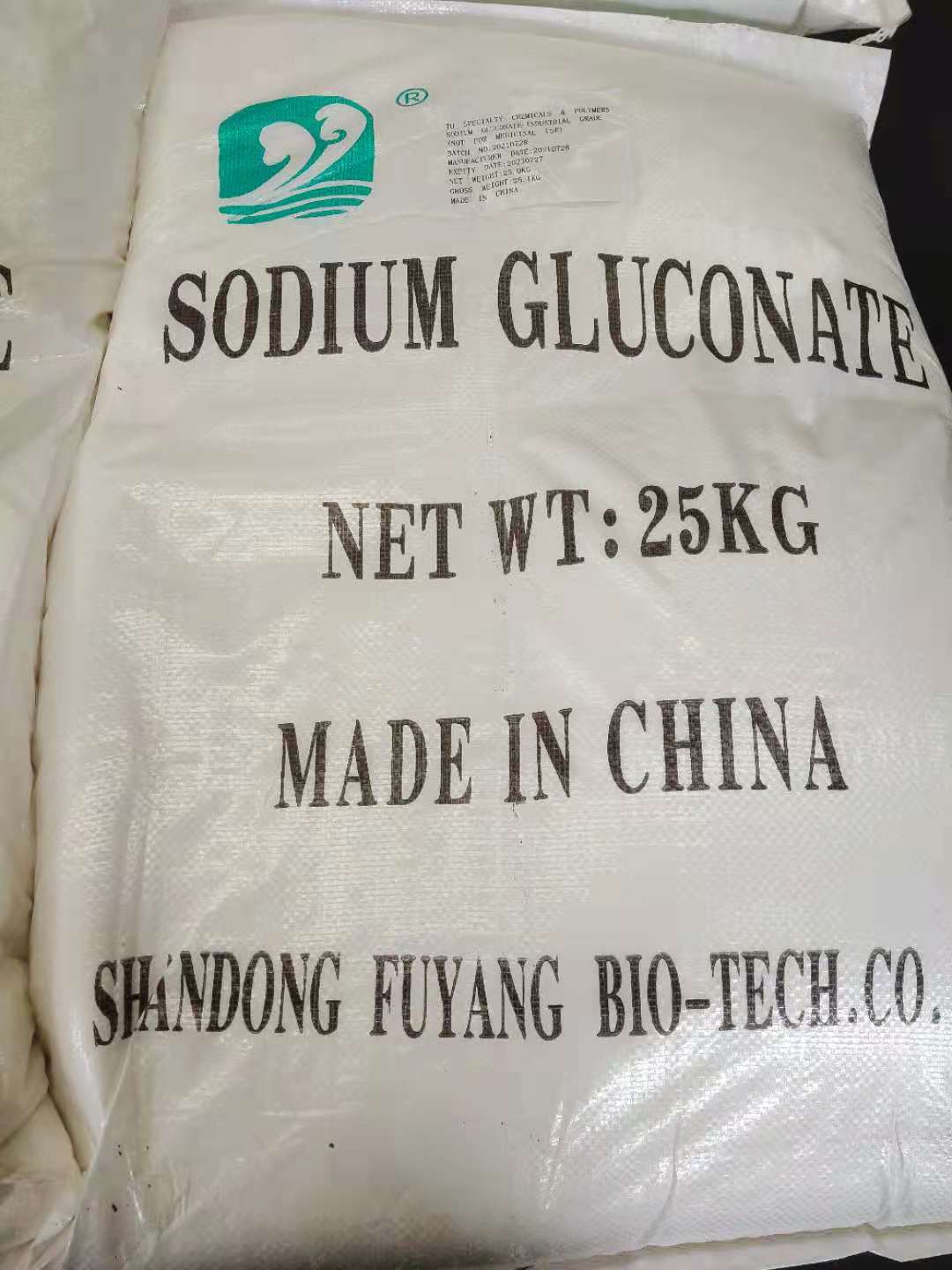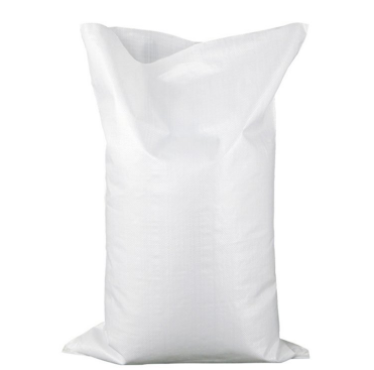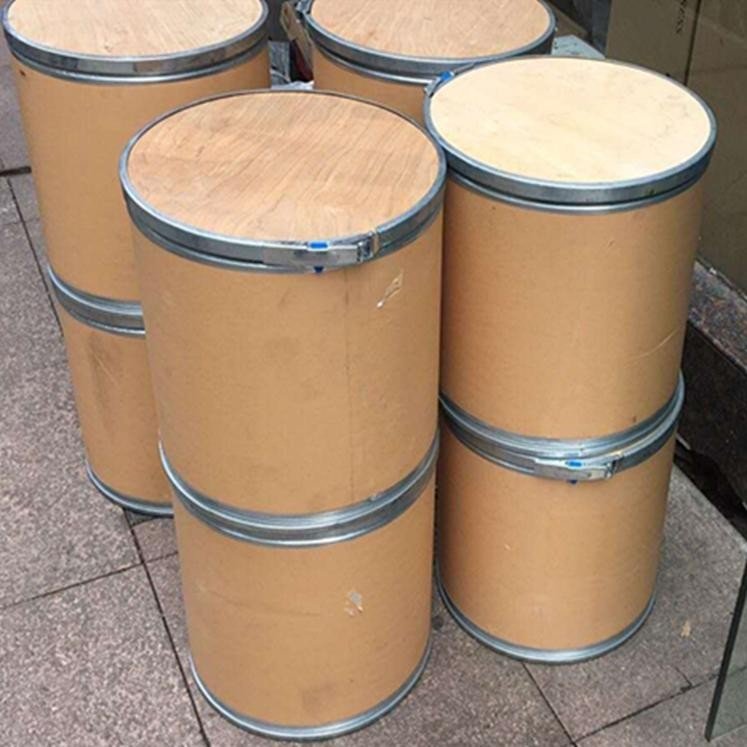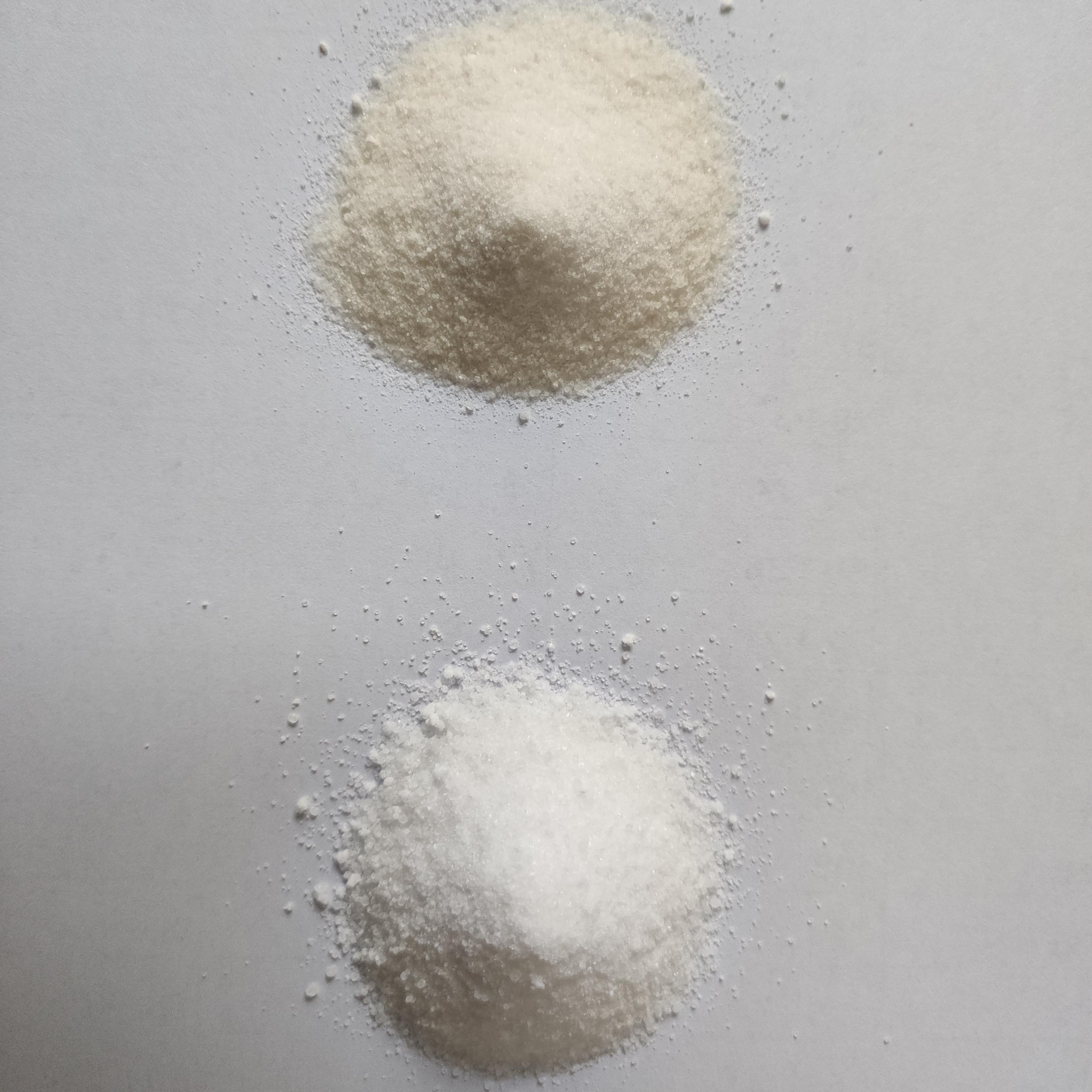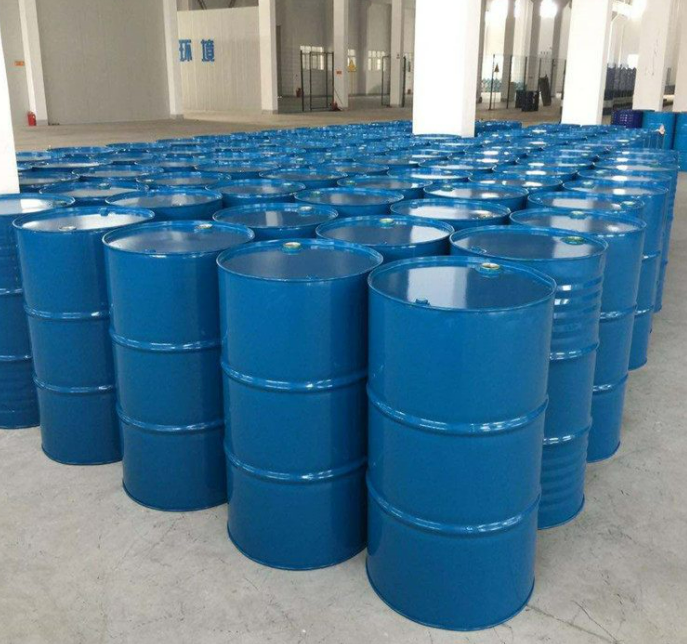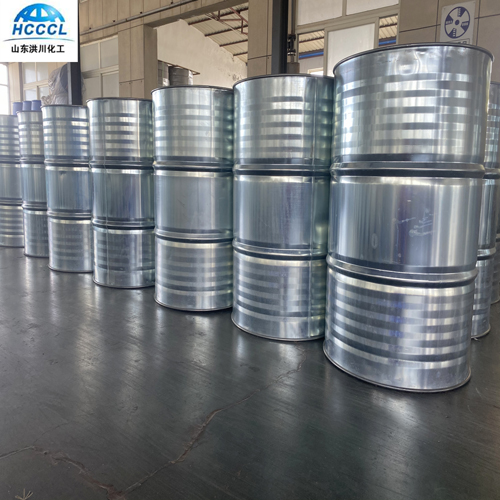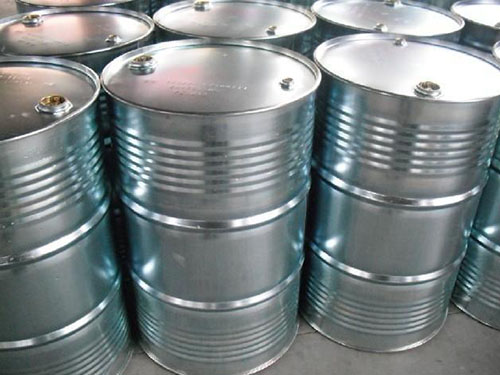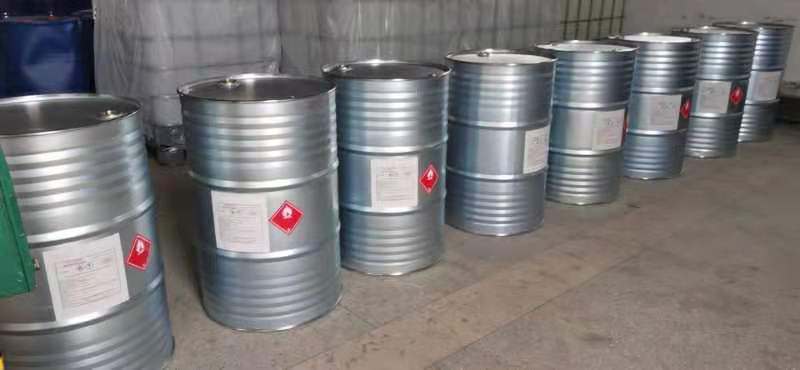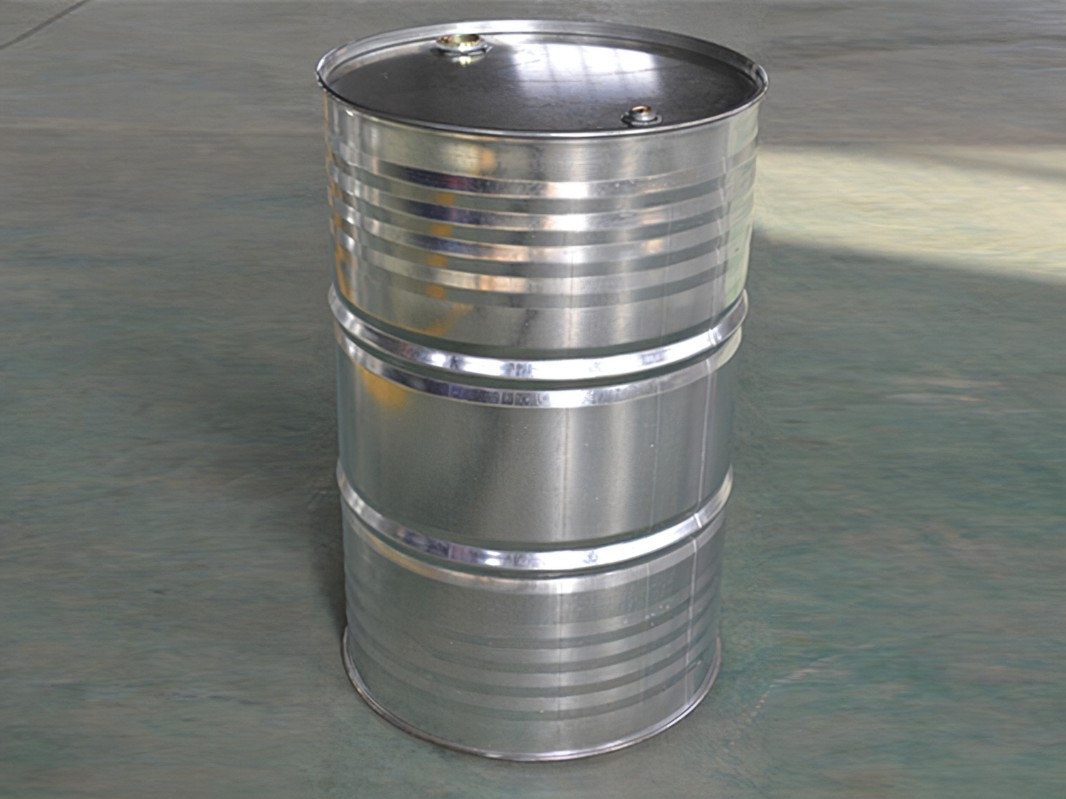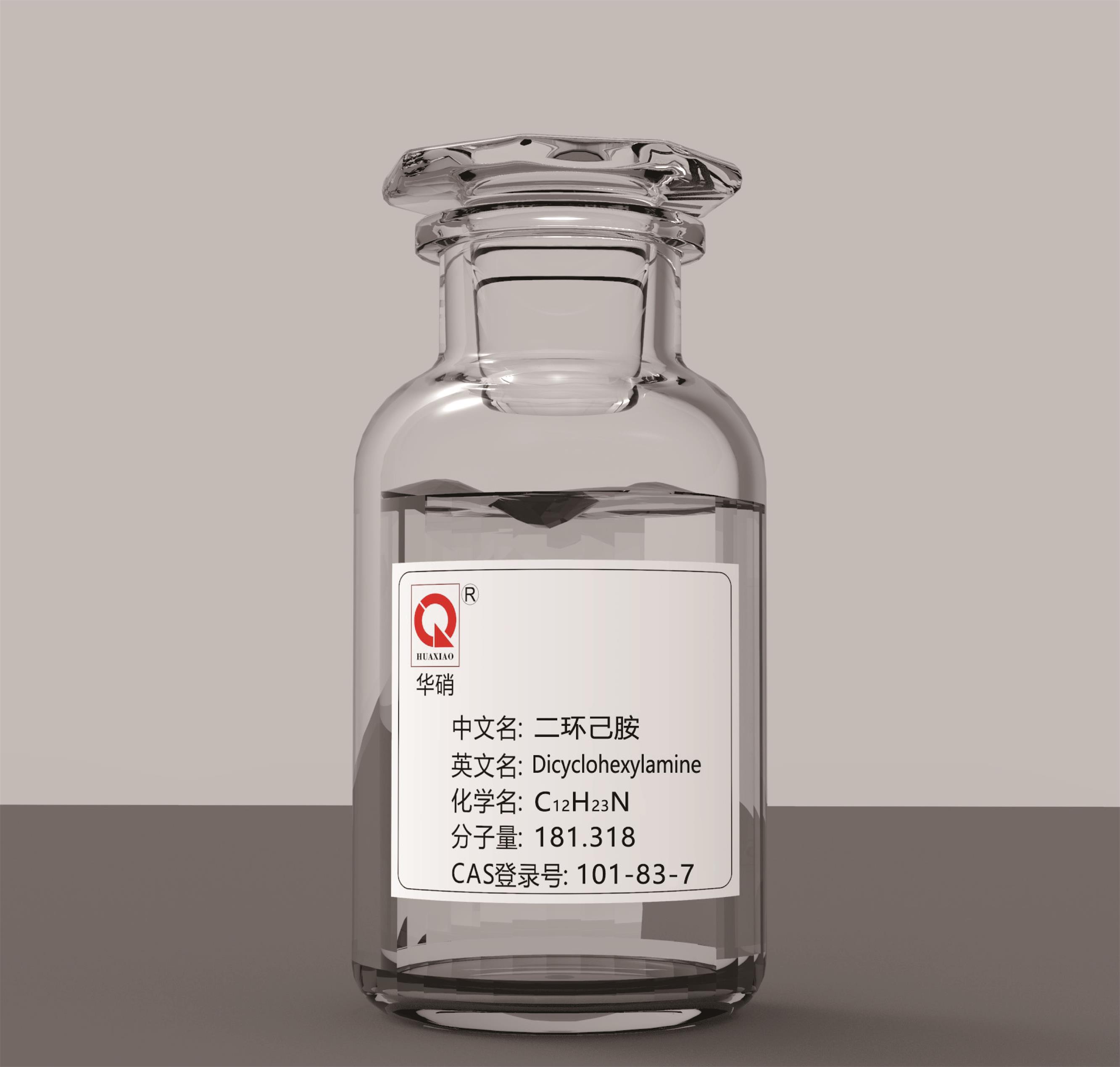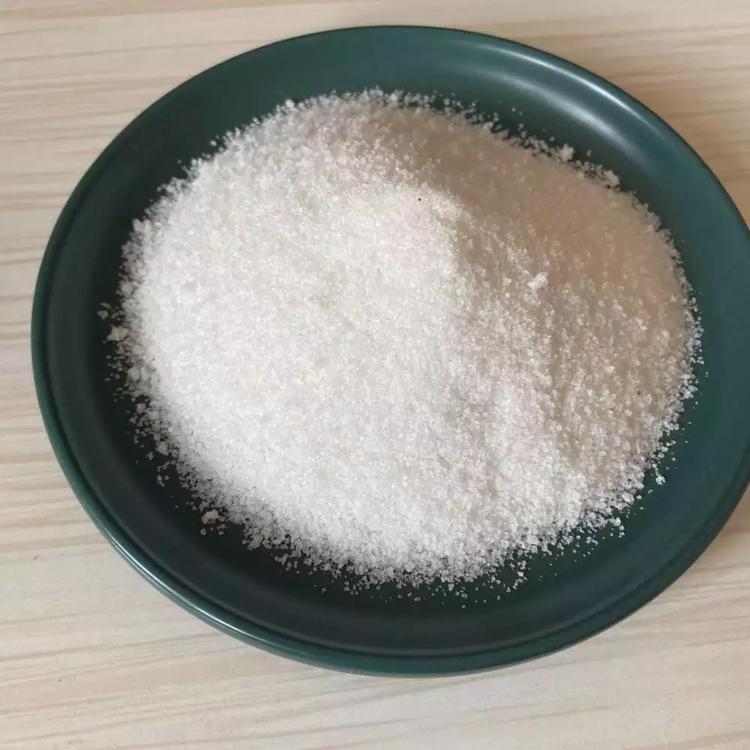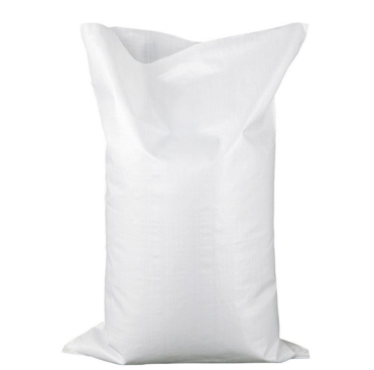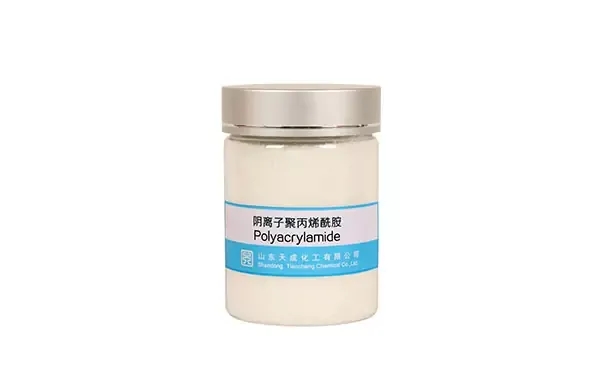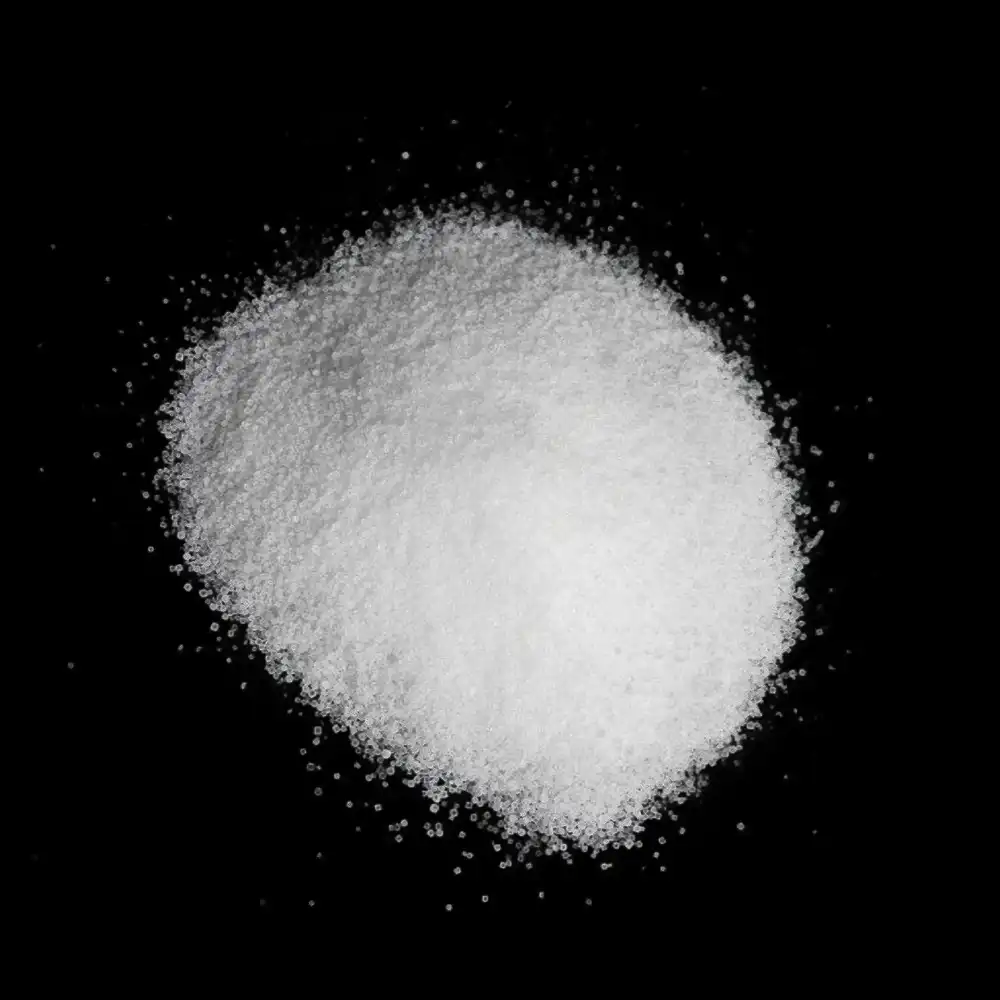Auxiliary
Antioxidant
Other Auxiliary Agent
Petroleum Additives
Adsorbent
Water Treatment Chemicals
Rubber Additives
Adhesive Additives
Cross-Linking Agent
Flame Retardants
UV Absorbers
Organic Extractant
Resin Additives
Electronics Chemicals
Pesticide Additives
Building Chemicals
Plastic Additives
Oilfield Chemicals
Adhesive
Plastic Rubber Chemicals
Paper Additives
Molecular Sieve
Coating Additives
Textile Auxiliaries
Fluorescent Brightener
Polyethylene Glycol Derivatives
Coupling
Forest Chemicals
Leather Auxiliary Agents
Beneficiation Agents and Smelting Additives
Dye Auxiliaries
Find
2497
related chemicals for you
CAS:1533-45-5
Molecular Formula:C28H18N2O2
Alias
More Information
Fluorescent Brightener Ob-1; Fluorescent Brightener 393; 2,2'-(1,2-Ethenediyldi-4,1-Phenylene)Bisbenzoxazole; 1,2-Bis(4-(Benzo[D]Oxazol-2-Yl)Phenyl)Ethene; 4,4'-Bis(2-Benzoxazolyl)Stilbene; 2,2'-(Vinylenedi-P-Phenylene)Bisbenzoxazole; 2-[4-[(E)-2-[4-(1,3-Benzoxazol-2-Yl)Phenyl]Ethenyl]Phenyl]-1,3-Benzoxazole; (E)-1,2-Bis(4-(Benzo[D]Oxazol-2-Yl)Phenyl)Ethene; 2,2'-(Vinylenedi-4-Phenylene)Bis(Benzoxazole)
Brief Introduction
Fluorescent brightener OB-1 is a new variety developed abroad. It is suitable for whitening and brightening of PE, PVC, ABS, PC and other plastics. It has low dosage, strong adaptability and good dispersion. It can be added during post-processing or polymerization. The whitened object has high whiteness, excellent heat and climate resistance. It can also be made into slurry for textile whitening.
Suppliers
View More Vendors (6) >
CAS:27813-02-1
Molecular Formula:C7H12O3
Alias
More Information
1,2-Propanediol,Monomethacrylate; Hydroxypropyl Methacrylate; 2-HPMA; Methacrylic Acid Hydroxypropyl Ester; HPMA; Propylene Glycol Monomethacrylate; Hydroxy Propyl Ethacrylate
Brief Introduction
The product can be copolymerized with other acrylic monomers to prepare acrylic resin containing active hydroxyl group. Two component coatings were prepared with melamine formaldehyde resin, diisocyanate and epoxy resin. It can also be used as an adhesive for synthetic textiles and as an additive for decontamination and lubricating oil.
Suppliers
View More Vendors (6) >
CAS:527-07-1
Molecular Formula:C6H11NaO7
Alias
More Information
Sodium D-Gluconate; D-Gluconate Sodium salt; Sodyum Glukonet; Sodium Salt Of D-Gluconic Acid; Gluconic Acid,Sodium Salt; D-Gluconic acid Sodium salt; Gluconatodisodio; Soidumd-Gluconate; Gluconic Acid Sodium Salt; Gluconic Acidsodium Salt D-Gluconic Acid; Sodium Gluconate Supplayer in vap
Brief Introduction
Sodium gluconate is a common and widely used organic sodium salt. Industrial grade sodium gluconate is commonly used in construction, chemical industry and other industries. In the construction industry, it is often used as a cement additive to reduce water and retard setting. In the chemical industry, it is often used as the basic raw material for producing other gluconate, gluconic acid and gluconolactone. It also has good application in chemical book electroplating, cleaning agent, film manufacturing, water quality treatment, etc. Food grade sodium gluconate is commonly used in the food and pharmaceutical industries. In the food industry, as a food additive, it can regulate taste, acidity, dehydration and solidification. In the pharmaceutical industry, it can regulate acid-base balance and maintain extracellular osmotic pressure.
Suppliers
View More Vendors (6) >
CAS:101-83-7
Molecular Formula:C12H23N
Alias
More Information
DCHA; Dodecahydrodiphenylamine; Aurora Ka-7610; Dicyclohexylamin; Dicyclohexylamine(DCHA); Cyclohexanamine,N-Cyclohexy; Cyclohexylamine and Dicyclohexylamine
Brief Introduction
Dicyclohexylamine is a colorless transparent oily liquid with a pungent ammonia smell. It is slightly soluble in water and miscible with organic solvents. It is mainly used in synthetic rubber accelerator, metal corrosion inhibitor, surfactant, oilfield chemicals, medicine, pesticide and other fields. With the progress of science and technology, its new applications have been developed, and the fine chemicals synthesized by it are mostly new products with development prospects.
Suppliers
View More Vendors (6) >
CAS:9003-05-8
Molecular Formula:C3H5NO
Alias
More Information
Polyacrylic Amide; PAM; Acrylamide; Cationic Polyacrylamide; 2-Propenamide; Prop-2-Enamide; Propenamide; Acrylic Amide; Akrylamid
Brief Introduction
Polyacrylamide (PAM) is a general term of acrylamide homopolymer or polymer copolymerized with other monomers. It is one of the most widely used varieties in water-soluble polymers. Because the structural unit of polyacrylamide contains amide group and is easy to form hydrogen bond, it has good water solubility and high chemical activity. It is easy to obtain a variety of modifiers with branched chain or network structure through grafting or cross-linking. It is widely used in petroleum exploitation, water treatment, textile, papermaking, beneficiation, medicine, agriculture and other industries, and is known as "Baiye assistant". The main application fields abroad are water treatment, papermaking, mining, metallurgy, etc; At present, the largest consumption in China is in the field of oil production, and the fastest growth is in the field of water treatment and papermaking.
Suppliers
View More Vendors (6) >

Cationic emulsion polyacrylamide:Solid content 35-50%
/
Tech Grade
200kg
/
Plastic Drum
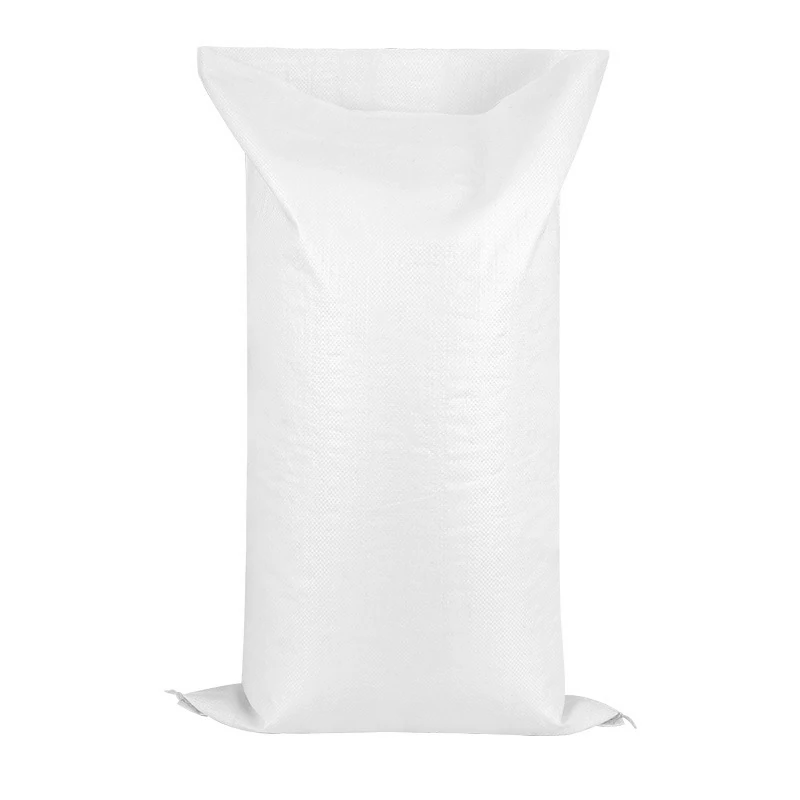
Dry powder: Solid content ≥ 90%
/
Tech Grade
25kg
/
Woven Bag
Inquiry (
10
/ 10
)
Clear All
You can inquire for up to 10 products at a time
Sign In
Error!

